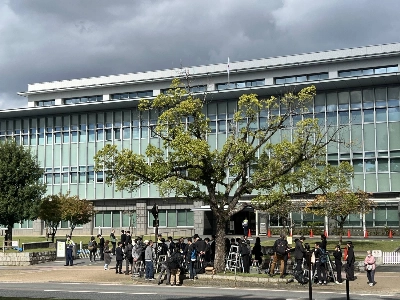Over the last 15 years, Americans have become accustomed to distinguishing domestic mass shootings from Islamic terrorism — the difference between Columbine and the Sept. 11 attacks, if you will. In 2015, that conceptual division broke down with the massacre in San Bernardino, California. It wasn't the first domestic act of terrorism inspired by Islam — Army Major Nidal Hasan's attack on Fort Hood and the Boston Marathon bombing both featured American Muslim terrorists. But San Bernardino was the first time the two paradigms were literally indistinguishable. It's as if the terrorists finally said, "Who needs airplanes when assault weapons are readily available?"
Why does the 2015 breakdown of the Columbine-9/11 distinction matter? The answer has everything to do with whether Americans ultimately decide to accept or reject the contemporary realities of terrorism.
Until now, the responses to the two kinds of attacks have diverged radically.
















With your current subscription plan you can comment on stories. However, before writing your first comment, please create a display name in the Profile section of your subscriber account page.